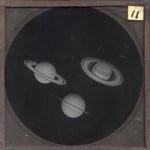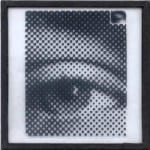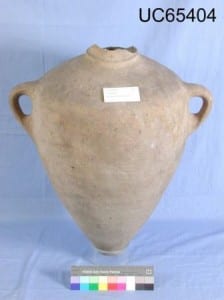I am not sure that I will ever look at a piece of opal the same way again, after a patient at UCLH told me that the piece they were holding reminded them of jellied eel. Apparently, the opal looked, felt and even smelled like a slithery, slimy eel. I’ve heard of flint axe heads that look like poached flathead, amazonite that feels like soap and, eerie faces hidden in the sides of smoky quartz. But, this obviously takes things to a new level.

Jellied eel anyone? Delicious.
Touching objects from UCL’s collections seems to ignite all sorts of stories and memories. Patients at UCLH are genuinely excited to see my team of volunteers, with their ‘very useful boxes’ brimming with wondrous, weird and beautiful objects. For me, it is all about the conversations. I’ve met people from all sorts of places, with all sorts of pasts. Every now and again, I meet a real-life expert, and the information cards I have created for the objects pale in comparison to their wealth of knowledge. Never mess with an archaeologist, I guess.
As part of the project, the Touching Heritage programme has a volunteer-led blog, where volunteers working on the project will upload regular posts about their experiences. To find out more about the project and to read the latest blog entries, jump in and see just how the UCL museums are working to improve community health and wellbeing.
Most people we meet in the hospitals, care homes and community health settings we are working in rarely go to museums, and are often bored, tired and unwell. The amazing team of volunteers working on the Touching Heritage project bring their energy and enthusiasm to each participant, and the object-handling sessions notably lift spirits, relieve boredom, and always spark the most unusual conversations.
 Close
Close






